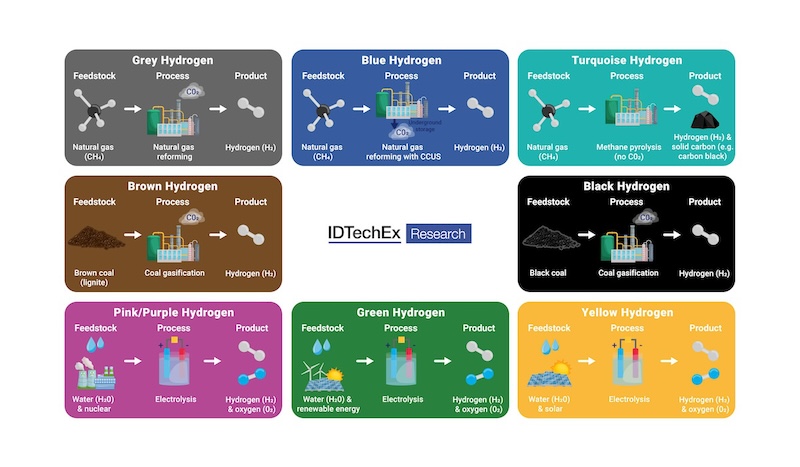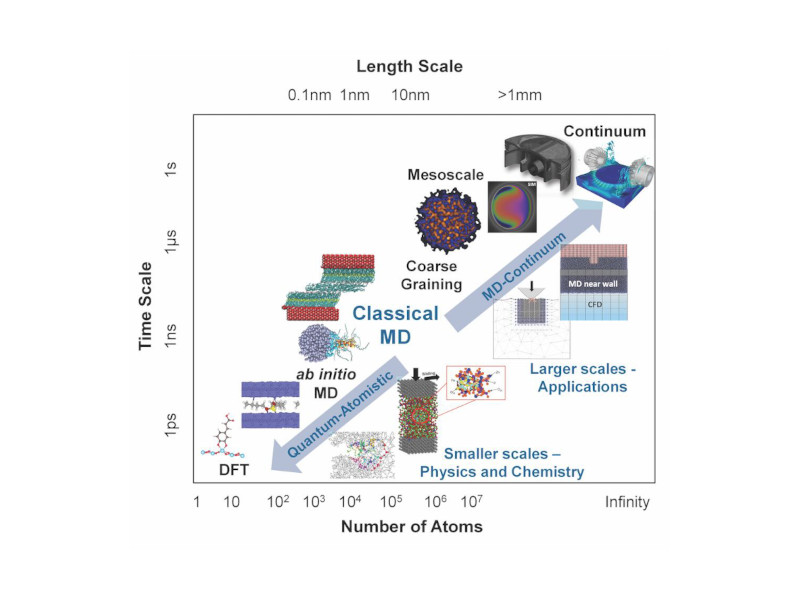When something goes wrong in your organization, is human error often the identified cause? Is “more (task-related) training” for the people involved often the designated solution? As a result, have employees in your organization reluctantly endured many kinds of training – often referred to as “flavor of the month?”
When something goes wrong in your organization, is human error often the identified cause? Is “more (task-related) training” for the people involved often the designated solution? As a result, have employees in your organization reluctantly endured many kinds of training — often referred to as “flavor of the month?” And do the problems you are trying to prevent continue to occur? Given limited resources, are you getting the most out of those resources?
Organizations have an opportunity to look more closely at the results they are trying achieve, and evaluate what actions will help achieve those results.
Consider all the time and energy it takes to provide training — from the people who initiate and drive it, to the people who plan it, to the people who deliver it, to the people who partake in it, not to mention the work that is not getting done while those people are away from their jobs, or the temps that must be hired to fill in — it is a huge commitment and investment. Especially in the current economic climate, when everyone needs to be very careful with the way they invest their resources — time, people and money — it is all the more important to carefully focus training and make sure there’s payback on the investment.
Training in an effective root cause analysis (RCA) methodology and careful program implementation can resolve these issues and help accomplish training goals. Here’s how.
Shifting from a ‘blame it on human error’ culture to a solution culture
By and large, people come to work wanting to do the right thing; no one really comes to work wanting to get hurt or make mistakes. When something doesn’t go as it should, it is easy to see the ways that human behaviors impacted the situation. Human error is very simply an action or inaction that produces one or more undesirable results. If we believe an event occurred because an individual didn’t know what he/she needed to know, “change procedure” and “train or retrain” are common responses.
Training or retraining can reduce the risk of recurrence, but it cannot prevent recurrence. You can influence human behavior, but you cannot force people to change their actions. You cannot control attitudes, but you can influence behavior.
There’s an opportunity for a cultural shift — an improvement in the predominant attitudes and behaviors of the organization. You can encourage individuals to embrace changes in behavior, which in turn changes attitudes. Ultimately, you can help people feel that they are adding value to the organization by focusing on solutions.
The real causes of problems
When organizations use off-the-shelf RCA methods, they often don’t dig deeply enough into the problems, resulting in a focus on action causes. Often there are personal opinions and agendas underlying this kind of analysis. Organizations can no longer afford to look only at the surface causes, then apply broad brush strokes of training that are not directly targeted at the true causes of the problems.
Rarely do organizations look closely enough at the conditions that existed when the individual chose the action or inaction which allowed an incident to occur. Problems in the work place happen as a result of conditions that exist combined with actions that set those conditions in motion to produce undesirable results. If organizations really want to reduce risk and prevent recurrence, they cannot rely entirely on humans. Instead, they need to reduce the possibility for humans to choose the action or inaction that caused the problem.
For example, we were recently told about a corporation that hired a contractor to modify and install a software program to control an industrial system. When it was time to start multiple systems, they didn’t work. Did the fault or problem reside with the contractor, the operators trying to operate the system, the hardware running the software? Everyone in the corporation assumed that someone else within the corporation knew how to run and maintain the software and systems. But when trying to find where that knowledge resided — and quickly, the corporation learned that only the outside consultant knew. Until an RCA was conducted that was focused on identifying both action and condition causes, there was no awareness of a deficiency in communications, knowledge and training.
Problem solving is most productive when you have a deeper understanding of why each individual did what he/she did, shifting away from blame. When you know why someone behaved in a certain way, it suddenly makes more sense. Because you most often find the worker was doing what he/she thought was the best choice for one reason or another, it is much easier to choose a path that is more productive than punishment.
To truly eliminate, change or control the conditions that allowed the human error, the organization must be willing to dig deeper and identify conditional causes, support those causes with evidence, then directly address those conditions. You cannot eliminate all conditions, but you can prioritize. Which conditions, if eliminated, will give the best payback in terms of money and time saved, safety improved, etc.?
Task-related training
Organizations often “whitewash” training on their employees; they provide training from A to Z in hopes that it will catch whatever caused the problem. How often do employees feel the training focused on things they already know? When training is mandatory and not perceived to be valuable, people often don’t want to be there. What do they take away? How often does training really result in changing the behavior in the workplace?
When employees go to training and are asked “why are you here?” the majority will answer “because my boss told me to be.” How often do employees really understand why they are there and what value they are expected to derive?
If any of these scenarios exist, it is important to evaluate what you are trying to accomplish versus what is actually being accomplished.
This all stems from not really knowing or acting upon what really caused the problems.
When training is targeted directly to the true causes of problems as discovered in thorough RCAs, you can explain to employees that the training is happening because of an action or inaction that created an undesirable result. That makes the training seem less haphazard and more directly targeted. A truly effective RCA methodology and execution will be specific, allowing trainers to develop highly focused training that addresses the true causes.
If we treat employees like the lifelong adult learners they really are, explaining the reason, value and intended outcomes, they are more likely to pay attention and seize the opportunity for growth.
Improving training curriculum
If it is evident that a lack of knowledge caused one or more employees to have problems at work, after providing those employees with retraining or more training, it is important to think beyond those individuals. Who else might need to fill the same knowledge gaps? How do you incorporate this curriculum into the training for other existing employees, and for future employees?
Management support
Leaders can’t just send down a mandate and figure that the training does not apply to them. Leadership needs to model the behavior they want to see the workforce exhibit. They should go through the training themselves, then be able to explain why it was valuable and why they think it will be valuable for employees.
In order for training to truly accomplish the changes in behaviors and attitudes (culture) that are desired, you must show people how the training will make life better for them — by making their job easier, giving them more job security and helping the organization meet its goals.
Practice
Class provides the knowledge, but skills are developed through hands-on activities and practice. Classroom training is part of the answer. But applying training in the workplace requires effort by the individual and support by management. Experience shows that modifying or eliminating a habit, or developing a new habit, takes significant time and consistent practice.
When the organization sends employees through training, people always claim — individually and collectively — that this time the training will stick. This rarely happens unless management works to adjust the values of the organization accordingly, and unless management regularly follows up to make sure the training is practiced and applied. The organization must provide immediate opportunities for the training to be put into practice. Seize the energy, enthusiasm and understanding while it is fresh and before it is forgotten.
Conclusion
Root cause analysis training, program development, institutionalization and implementation have major benefits within the training context. Root cause analysis should be continually integrated into the process for developing training. In addition to helping identify conditional causes that will be more effective at reducing risk and recurrence, organizations can use RCAs to improve their overall training program. Why has previous training been ineffective in the past? How can those findings help prioritize future training investments and perpetuate positive returns on investment?
When you focus on the results of root cause analysis, you can focus your training on using the resources better and deriving more value from the investment.
Organizations that dig deeply to identify conditional causes, support them with evidence and address those conditions directly can change, control or even eliminate the conditions that led to or allowed errors to occur.
Organizations need to provide opportunities for training to be put into practice and ensure the training is applied. Successful companies will seize the energy, enthusiasm and understanding while it is fresh and before it is forgotten.
Skills are developed through hands-on activities and practice. Successfully applying training in the workplace requires effort by individuals and support and reinforcement from management. Classroom training provides knowledge, but practice and application of that knowledge enhance the skill-development process.
| Author Information |
| Mike Resimius is a corrective action specialist employed at Ameren UE Generation for 28 years. He holds masters degrees in adult education and educational administration, previously oversaw the training department and is a Certified Apollo RCA instructor. |
| John Stiller is director of industrial services for Apollo Associated Services. A licensed Professional Engineer, he has 26 years of electric utility experience, including power plant engineering, business process improvement, maintenance management systems and root cause analysis program initiation and development. |



